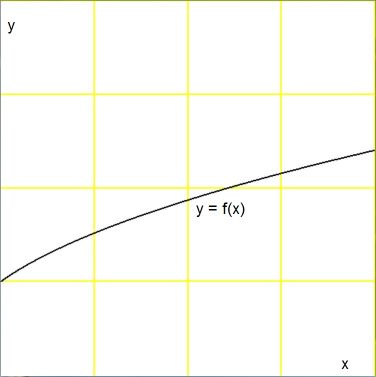This is only a partial answer , or a too long comment. Please read the Disclaimer at the end.
From a computational point of view , this question is related to at least three others:
The common denominator is that, in order for a numerical calculation to be stable, backward recursion is to be preferred.
For the problem at hand, this backward recursion goes as follows:
$$
a_{n-1} = \sqrt[n]{2+a_n} \qquad \mbox{with} \quad \lim_{n\to\infty} a_n = 1
$$
The latter condition means in practice that for sufficient large values of $\;n\;$ the starting (or rather ending) value
for $a_n$ may be set equal to $1 \approx \sqrt[n]{3}$ .
An estimate for the errors (update) may be obtained by differentiation:
$$
d a_{n-1} = d \sqrt[n]{2+a_n} = d a_n \frac{1}{n} \left(2+a_n\right)^{1/n-1} = \frac{a_{n-1}}{n(2+a_n)}da_n
$$
starting with $\:da_n = \sqrt[n]{3} - 1\:$ for some sufficiently large value of $n$ , in our case $n = 13$ .
It is seen that the error in $\;a_1\;$ can be calculated (more or less) by backward recursion as well.
And it may be conjectured that some reasonable upper bound must go like $\,1/(2^n.n!)$ , meaning that convergence is really fast !
The accompanying Delphi Pascal program is a logical consequence of the above considerations.
program apart;
function power(x,r : double) : double;
begin
power := exp(r\*ln(x));
end;
procedure anatoly(x : double; n : integer);
var
a,d,b : double;
k : integer;
begin
a := power(x+1,1/n);
d := a-1; { error }
a := 1;
for k := n downto 2 do
begin
b := a;
a := power(x+a,1/k);
d := d*a/(x+b)/k;
end;
Writeln(x,' ',a,' +/-',d);
end;
begin
anatoly(2,13); { at double precision }
end.
The outcome is, of course, in concordance with the value already found by the OP:
$$
1.86959730667536
$$
It is noted that forward recursion can be employed in principle as well, but only in a quite different manner,
because, as mentioned by others too, it's highly unstable.
Disclaimer: I certainly would have tried the closed form - whatever that means in modern times -
if I only could believe that such a thing does indeed exist here. If this answer nevertheless clarifies some issues, that would be nice.
BONUS. But the "closed form" phrase keeps ringing in everyone's head ..
As suggested in a comment by Semiclassical, making a graph of the following more general function $f(x)$ might be interesting.
$$
f(x) = \lim_{n\to \infty}\sqrt[2]{x+\sqrt[3]{x+\sqrt[4]{x+\cdots+\sqrt[n]{x}}}}
$$
Because, if the graph of that function could be recognized as belonging to some "elementary" function, say $g(x)$,
then we could say that the outcome of the OP's question is simply $g(2)$ .
So here goes, for $\;0 < x < 4\;$ and $\;0 < y < 4\;$ :

It is conjectured that $f(0) = 0$ and that there is a singularity ( jump $0\to 1$ ) at that place.

